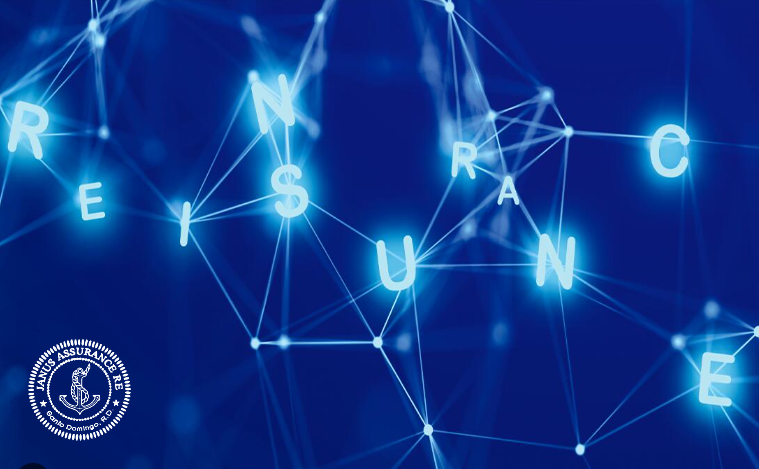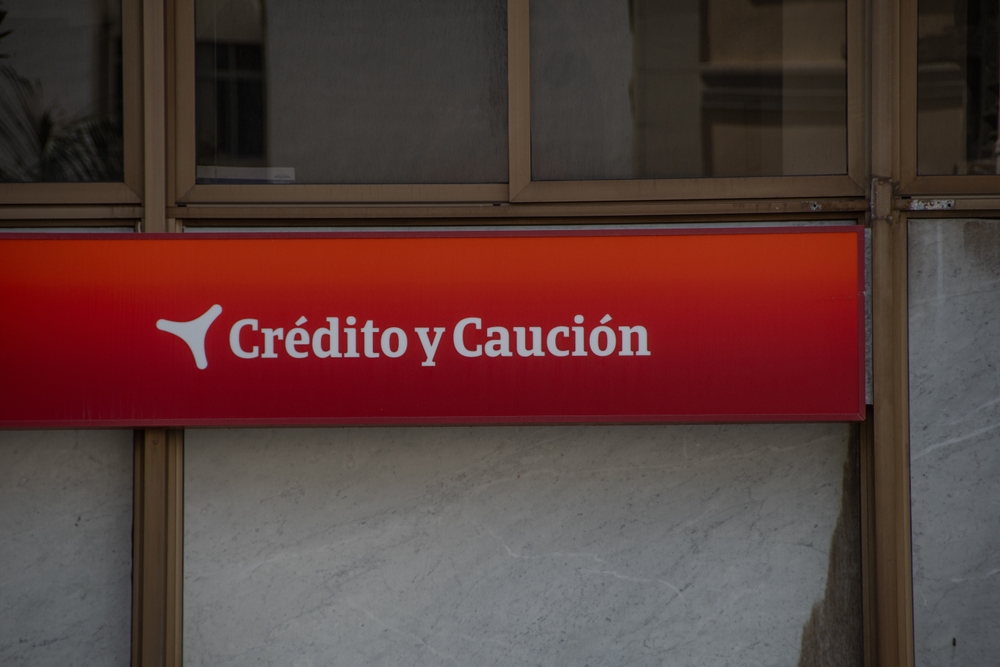The underwriting function in reinsurance is traditionally one of the most intellectually demanding disciplines within the insurance industry. It requires the fusion of actuarial science, market intelligence, contract analysis, and judgment informed by experience. The emergence of large language models (LLMs), exemplified by systems such as GPT-4 and other frontier architectures, has begun to influence this process by providing reinsurance underwriters with advanced tools for knowledge management, risk interpretation, and decision augmentation. The purpose of this essay is to explore how LLMs assist reinsurance underwriting, the technical pathways through which they integrate into underwriting operations, and the potential challenges of reliance upon such models.
The Epistemic Demands of Reinsurance Underwriting
Reinsurance underwriting differs from primary insurance underwriting by its reliance upon aggregated portfolio risk transfer rather than individualized risk assumption. Facultative placements may resemble direct insurance, but treaty arrangements such as quota share, surplus share, excess of loss, and stop loss require evaluation of cedent underwriting discipline, claims management practices, exposure accumulation, and the broader macroeconomic environment. Underwriters must parse submissions that include actuarial memoranda, bordereaux, exposure data, regulatory filings, and extensive contractual language. The intellectual burden lies not merely in reviewing data but in discerning the cedent’s underwriting culture and the long-term sustainability of risk selection (Carter, Lucas & Ralph, 2013). This environment is data-rich but often fragmented. Submissions arrive in inconsistent formats, accompanied by qualitative commentary. Loss histories may be voluminous, embedded in spreadsheets with minimal standardization. Market reports may contain obscure references to regulatory frameworks or catastrophe models. LLMs, trained on large corpora of technical, legal, and financial texts, are uniquely situated to bridge these interpretive gaps.
LLMs as Knowledge Management Instruments
The first area in which LLMs support reinsurance underwriting is knowledge consolidation. Reinsurance underwriters must remain conversant with multiple jurisdictions, each with its own regulatory scheme, solvency standards, and emerging risk exposures. For example, cedents domiciled in European Union member states are subject to Solvency II reporting, whereas cedents in Latin America often rely on local solvency frameworks or adaptations of NAIC risk-based capital requirements. LLMs can assist in synthesizing statutory language, summarizing regulatory commentary, and aligning multi-jurisdictional requirements into digestible briefs for underwriting teams.
Unlike static knowledge bases, LLMs allow underwriters to query across disciplines. A question such as “What are the capital adequacy implications of a Dominican Republic cedent offering facultative cessions on political risk?” requires integration of insurance law, sovereign risk analysis, and reinsurance contract mechanics. LLMs can surface relevant materials, contextualize them, and present underwriters with structured knowledge faster than traditional research methods (Baker & Griffith, 2023).
Contractual Analysis and Treaty Drafting
Reinsurance treaties are often hundreds of pages in length, containing bespoke clauses addressing reinstatements, exclusions, reporting obligations, and claims settlement procedures. Ambiguities in these clauses can lead to disputes and litigation. LLMs can assist by providing semantic analysis of treaty language, flagging inconsistencies, and benchmarking against standard contract wordings promulgated by organizations such as Lloyd’s Market Association or the International Underwriting Association. Treaty negotiations often involve iterative revisions. By leveraging an LLM, underwriting counsel can request red-lined comparisons, natural language explanations of contractual consequences, and suggested alternative wordings that align with market practice. While such systems cannot replace human legal review, they accelerate the cycle of treaty drafting and enhance the underwriter’s comprehension of non-standard provisions (Soyer & Tettenborn, 2018).
Risk Data Interpretation and Exposure Management
One of the most consequential applications of LLMs lies in interpreting exposure data. Catastrophe models generate complex outputs with probabilistic distributions, exceedance probability curves, and peril-specific assumptions. Underwriters must digest these results and relate them to treaty structures. An LLM can convert model outputs into coherent summaries, highlight inconsistencies across submissions, and cross-reference exposure accumulations with historical loss events. For example, when reviewing a portfolio of North American windstorm exposures, an underwriter may request the model to explain how secondary perils such as convective storms interact with excess-of-loss treaty layers. An LLM can elucidate whether cedent assumptions align with the latest RMS or AIR model versions and present comparative analysis of how different model vendors treat tail correlations (Swiss Re Institute, 2022). Similarly, facultative underwriting of large infrastructure projects often involves thousands of pages of engineering reports. LLMs can identify key technical risks such as tunneling methodologies, material specifications, or contractor safety practices, and provide concise summaries that allow underwriters to focus on the most consequential exposures.
Portfolio Steering and Market Intelligence
Reinsurers operate at the portfolio level. Diversification benefits across territories and perils form the backbone of reinsurance capital management. LLMs provide underwriters with tools for analyzing cedent portfolios in relation to global market intelligence. By scanning cedent submissions against external news sources, regulatory filings, and macroeconomic indicators, an LLM can flag emerging systemic risks such as inflationary trends in construction materials or political instability affecting sovereign creditworthiness. Furthermore, LLMs can contribute to underwriting strategy by evaluating peer market behavior. Reinsurance is a competitive market with information asymmetries. When peers are tightening terms on cyber risk, for instance, LLMs can assist underwriters in analyzing published reports, regulatory advisories, and litigation outcomes, synthesizing these into actionable insights for treaty negotiations (A.M. Best, 2023).
Operational Efficiencies and Human Augmentation
While the strategic insights of reinsurance underwriting remain the province of experienced professionals, LLMs enhance efficiency by automating routine tasks. These include drafting underwriting notes, generating bordereaux summaries, producing compliance checklists, and answering internal stakeholder queries. By reducing cognitive load on administrative functions, LLMs allow underwriters to devote greater attention to judgmental tasks such as assessing cedent credibility, negotiating terms, and exercising capital allocation discipline. The augmentation is not merely clerical. Cognitive support from LLMs reduces the likelihood of oversight. For example, a reinsurer evaluating aggregate stop-loss protection may overlook subtle exclusions in the cedent’s policy forms. An LLM, programmed to cross-reference exclusions with common loss scenarios, can highlight latent gaps and reduce the risk of adverse development.
Challenges and “Due Caution” Considerations
Despite these advantages, reliance on LLMs raises prudential concerns. Models may hallucinate or generate authoritative-sounding but inaccurate statements. In reinsurance, where contractual precision governs multi-million-dollar exposures, errors of interpretation can be costly. LLMs trained on generalized corpora may not fully capture the specialized nuances of reinsurance law and actuarial practice. Fine-tuning on proprietary underwriting data is essential, but this raises confidentiality and data governance issues. Further, regulators may scrutinize the use of algorithmic tools in underwriting. The European Insurance and Occupational Pensions Authority (EIOPA) has emphasized the importance of transparency and human accountability in the deployment of artificial intelligence within insurance functions (EIOPA, 2021). Reinsurers must therefore ensure that LLM integration respects fiduciary obligations to cedents and adheres to solvency requirements.
Large language models are not replacements for reinsurance underwriters. They are accelerants of underwriting judgment. They transform knowledge management, enhance treaty comprehension, and enable deeper analysis of risk data, while simultaneously providing operational efficiencies. As reinsurers confront increasingly complex risk environments such as climate change, cyber aggregation, and geopolitical instability, the capacity of LLMs to synthesize, interpret, and contextualize information constitutes a competitive advantage. Yet prudence demands careful governance to ensure that reliance on such systems strengthens rather than undermines underwriting discipline. The fusion of human expertise and machine intelligence represents the next frontier of reinsurance underwriting. LLMs, when properly governed, embody not a threat to underwriting craftsmanship but a reinforcement of it, extending the reach of the underwriter’s judgment in an age of unprecedented informational complexity.
~ C. Constantin Poindexter, MA, JD, CPCU, AFSB, ASLI, ARe
References
- A.M. Best. Special Report: Cyber Insurance Market Update. A.M. Best Company, 2023.
- Baker, T., & Griffith, S. Ensuring Corporate Misconduct: How Liability Insurance Undermines Shareholder Litigation. University of Chicago Press, 2023.
- Carter, R. L., Lucas, L., & Ralph, C. Reinsurance. 4th ed. Springer, 2013.
- European Insurance and Occupational Pensions Authority (EIOPA). Artificial Intelligence Governance Principles for the Insurance Sector. EIOPA, 2021.
- Soyer, B., & Tettenborn, A. Reinsurance: Principles and Practice. Routledge, 2018.
- Swiss Re Institute. Sigma 2/2022: Natural Catastrophes in Times of Economic Accumulation. Swiss Re, 2022.








































